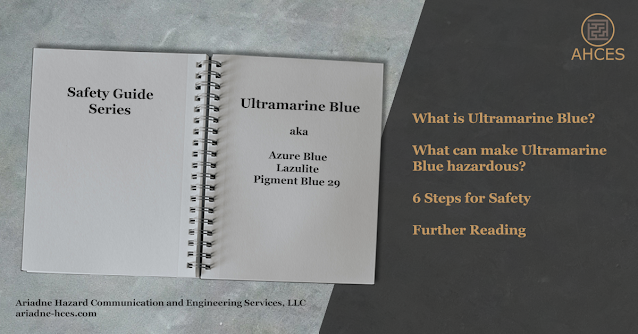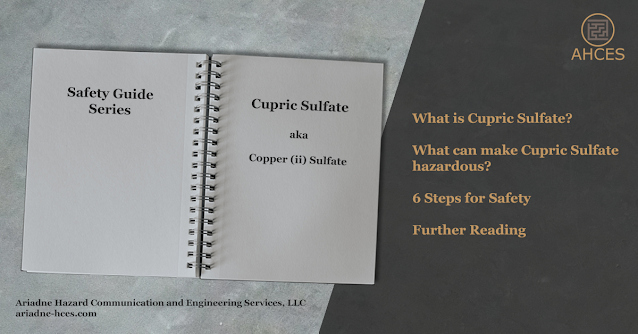Ultramarine Blue Safety Guide

What is Ultramarine Blue? Ultramarine Blue, also known as azure blue, lazulite, and pigment blue 29, is a mineral, both natural and synthetically derived. Historically, ultramarine blue was made from ground lapis lazuli or lazulite. In modern times, synthetic ultramarine blue is the most common form available to consumers. Ultramarine blue is commonly used as an artist's pigment in paints, as well as a pigment in pottery glaze. Ultramarine blue has the CAS Number 57455-37-5. The CAS Number is used to identify ultramarine blue as an ingredient on safety data sheets (SDS) and other safety documentation. When looking for ultramarine blue as an ingredient in products, look for the above CAS Number within the composition table. Notable Properties of Ultramarine Blue Ultramarine blue is a sulfur-containing, sodium-aluminosilicate. Ultramarine blue is known for its brilliant blue color, making it a popular pigment. Synthetic ultramarine blue tends to be a brighter, more intense blue t




